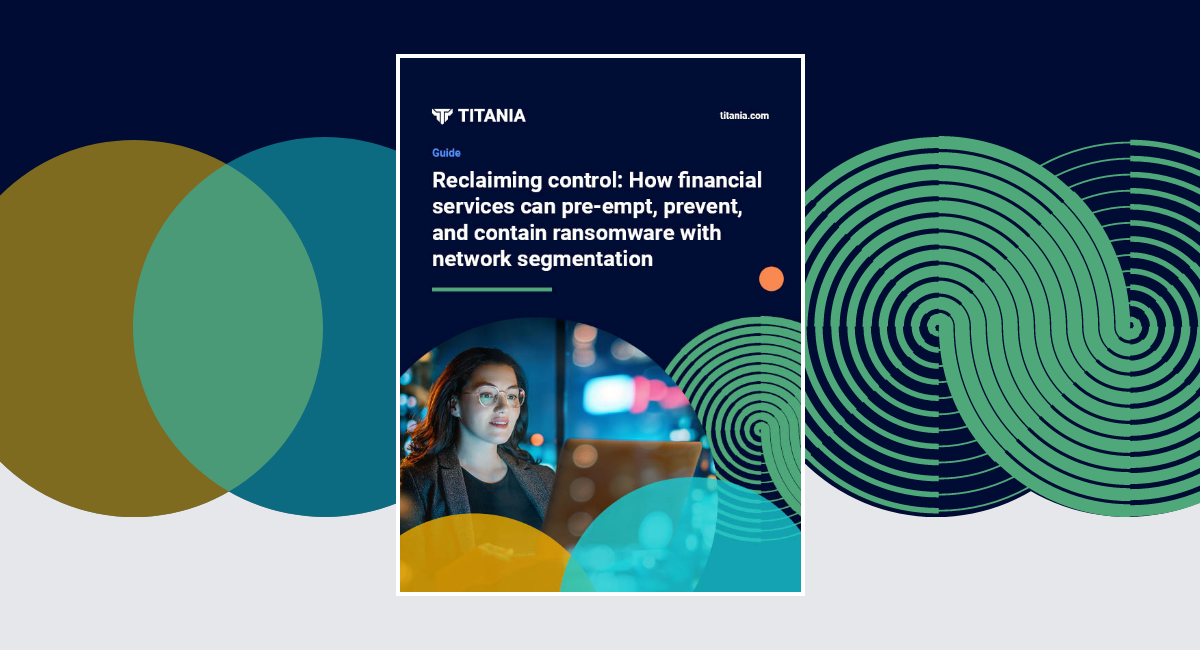Guide
How Financial Services Can Pre-empt, Prevent and Contain Ransomware with Network Segmentation
Actionable steps to future-proof your network against regulatory scrutiny and real-world threats
Flat, unsegmented networks are a growing liability for European financial institutions. With DORA and NIS2 enforcement ramping up, proving operational resilience is no longer optional.
Meanwhile, AI-powered ransomware has turned into a real-time crisis. Discover how robust network segmentation can reduce attack surfaces, contain threats, and build resilience against ransomware in our new guide.
Complete the form below to access the full guide

Strategies you'll learn for ransomware resilience
- The tactics cybercriminals use - and how to defend against them.
- Why flat networks pose a critical business risk
- The role of macro- and micro-segmentation in deterring attacks and reducing ransomware impact.
- Why continuous validation of segmentation is essential for operational resilience.
- How financial institutions can align with DORA and NIS2 to avoid business disruption and penalties.
"DORA and NIS2 are pushing financial firms to adopt architectures that can withstand modern attacks - and segmentation is central to that. Organizations are still struggling with implementing segmentation practices - so we’ve put together a guide to help."
Jim Seaman, Senior Security Consultant
About the authors
Phil Lewis
Titania

With a proven track record in Strategic Risk Management, Phil is now championing Titania’s global expansion at the forefront of proactive network security technologies.
Jim Seaman
Centurion Consulting

Jim specializes in cybersecurity risk management and compliance. He is renowned for training teams to navigate complex compliance standards such as PCI DSS 4.0.
About Titania
Titania delivers award-winning cybersecurity automation software trusted by global enterprises, including KPMG, Visa, and First Abu Dhabi Bank. Our flagship solution, Nipper Resilience, helps organizations proactively detect misconfigurations, enforce segmentation, and reduce attack surfaces - ensuring operational resilience and compliance with mandates like EU DORA and PCI DSS 4.0.











